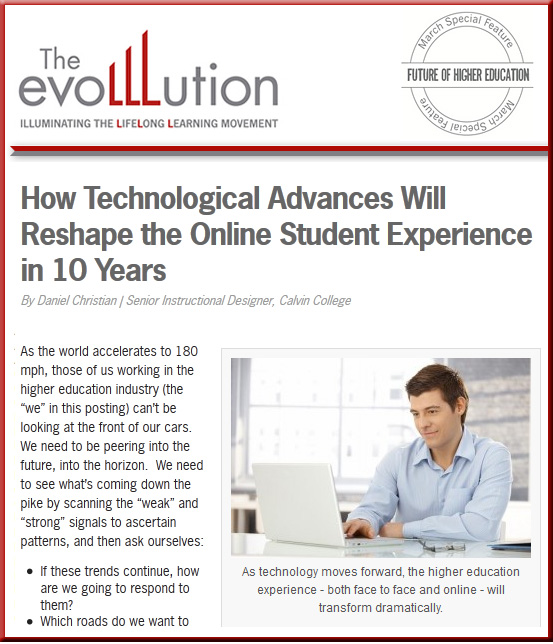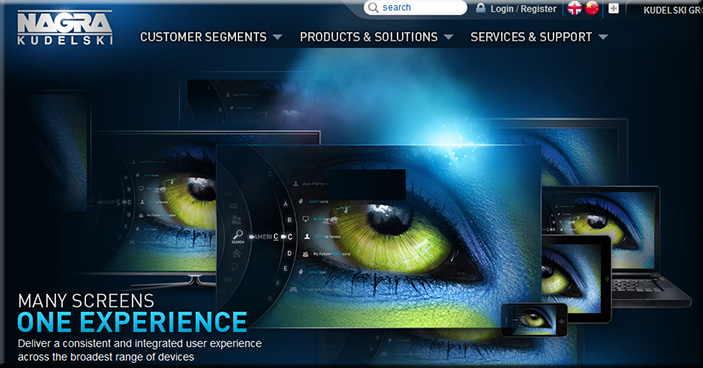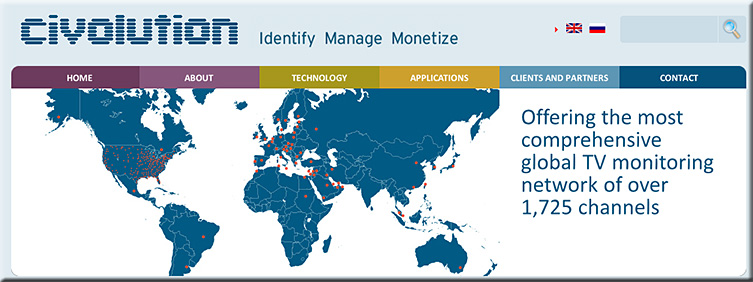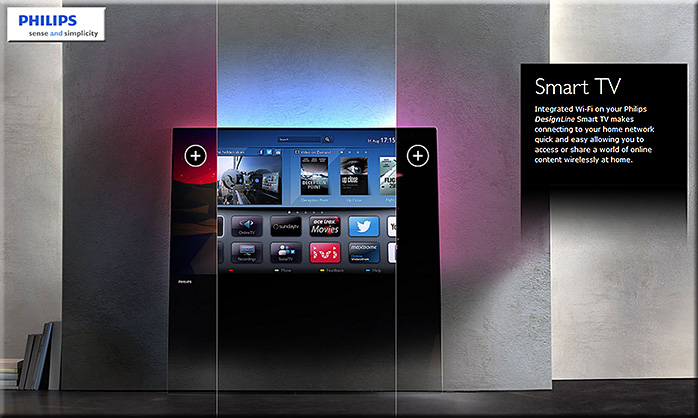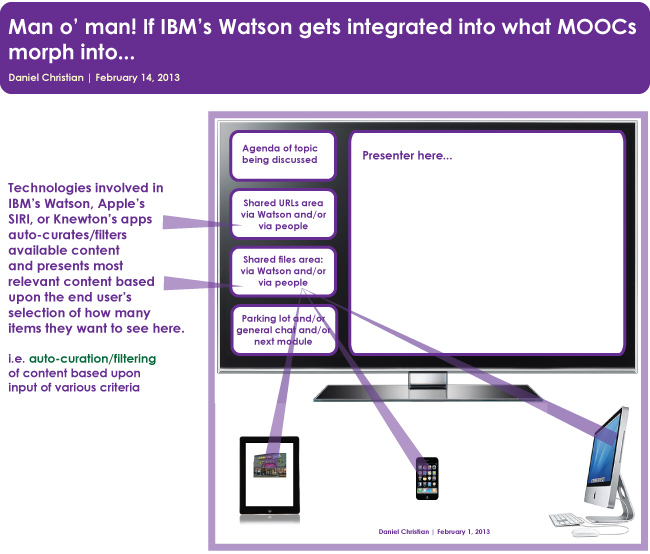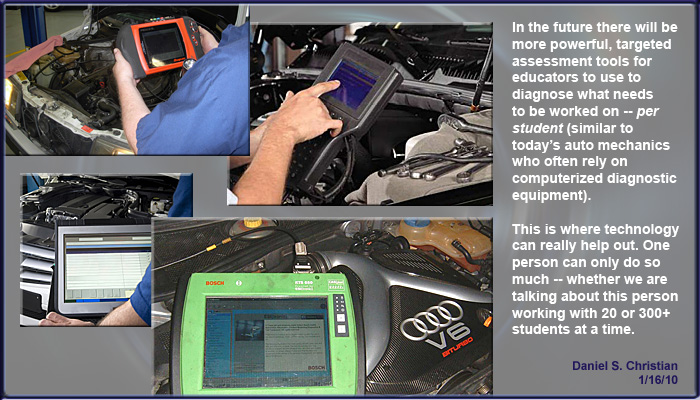From DSC:
The massive convergence of the telephone, the television, and the computer continues. How that media gets to us is also changing (i.e. the cord cutting continues).
What types of innovative learning experiences can be crafted as “TV” becomes more interactive, participatory, and engaging? What happens if technologies like WebRTC make their way into our browsers and we can videoconference with each other without having to download anything?
What doors open for for us when Google, Apple, or an Amazon.com delivers your “shows” vs. NBC/ABC/CBS/etc.?
The items below cause me to reflect on those questions…
.
Streaming devices lead the way to Smart TV — from nytimes.com by Brian Stelter
.
Is Google ready to buy its way into TV with an NFL deal? — from allthingsd.com by Peter Kafka
Excerpt:
Here’s a fun combination to ponder: The world’s most powerful media company and America’s most popular sport.
That could happen if Google buys the rights to the NFL’s Sunday Ticket package, the all-you-can-eat subscription-TV service currently owned by DirecTV.
Cord Cliff Coming: What happens to TV when Netflix streams live events? — from allthingsd.com by Ben Elowitz, CEO, Wetpaint
Addendums on 8/22/13:
- CBS, Time Warner Cable, and the Disruption of TV — from newyorker.com by Ken Auletta
- Netflix inks exclusive deal for first-run Weinstein films — from cnet.comThe Internet’s biggest on-demand video service will stream movies from the indie film studio before any other pay-TV providers starting in 2016, the same year it kicks off a similar Disney deal.
- Vevo reportedly inks music video content deals with Apple and Samsung, Apple TV app could launch this week — from appleinsider.com by AppleInsider Staff
Music video platform Vevo is said to have signed deals with both Apple and Samsung to deliver streaming and on-demand content via set-top boxes and television sets, with a possible Apple TV debut coming as soon as this week. - Disney’s ESPN Holds Preliminary Talks for Web-Based TV –– from bloomberg.com by Christopher Palmeri & Andy Fixmer
- Why Apple should buy NFL digital rights — from money.cnn.com by David Goldman
- The tv of tomorrow and the living room of the future— from visual.ly <– a very solid infographic










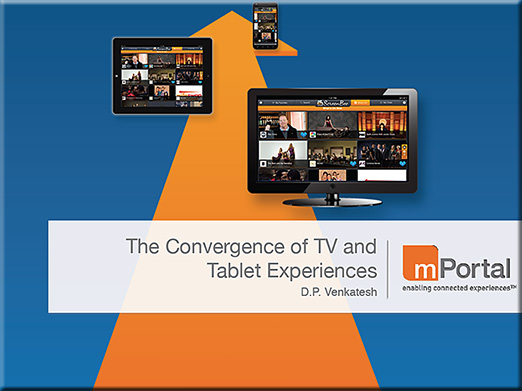
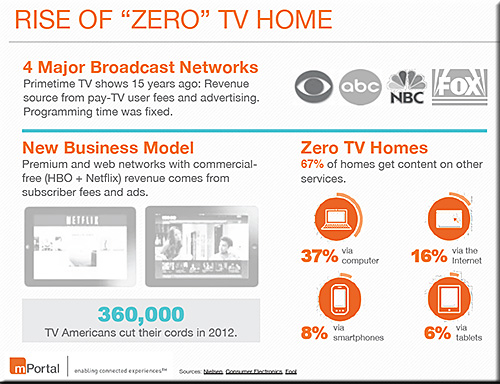

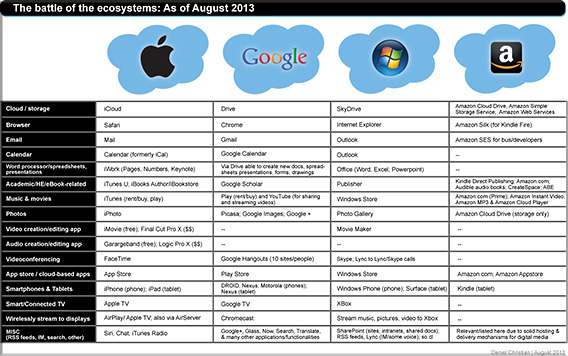



![The Living [Class] Room -- by Daniel Christian -- July 2012 -- a second device used in conjunction with a Smart/Connected TV](http://danielschristian.com/learning-ecosystems/wp-content/uploads/2012/07/The-Living-Class-Room-Daniel-S-Christian-July-2012.jpg)


